

Damion Smy
China bans Tesla-style door handles
30 Minutes Ago

News Editor
Mazda Australia expects stock to dry up of its CX-9 by the end of this year as it welcomes some fresh new product.
In addition to the refreshed CX-8 and all-new CX-90, both due here this year, Mazda has confirmed it’s launching the CX-80 – a three-row counterpart to the CX-60. It will confirm local timing for the CX-80 later this year.
That squeezes out the CX-9, but the news comes as little surprise given Mazda’s US arm had already confirmed it was replacing the model with the new CX-90 and the outgoing model was developed with a strong US focus.
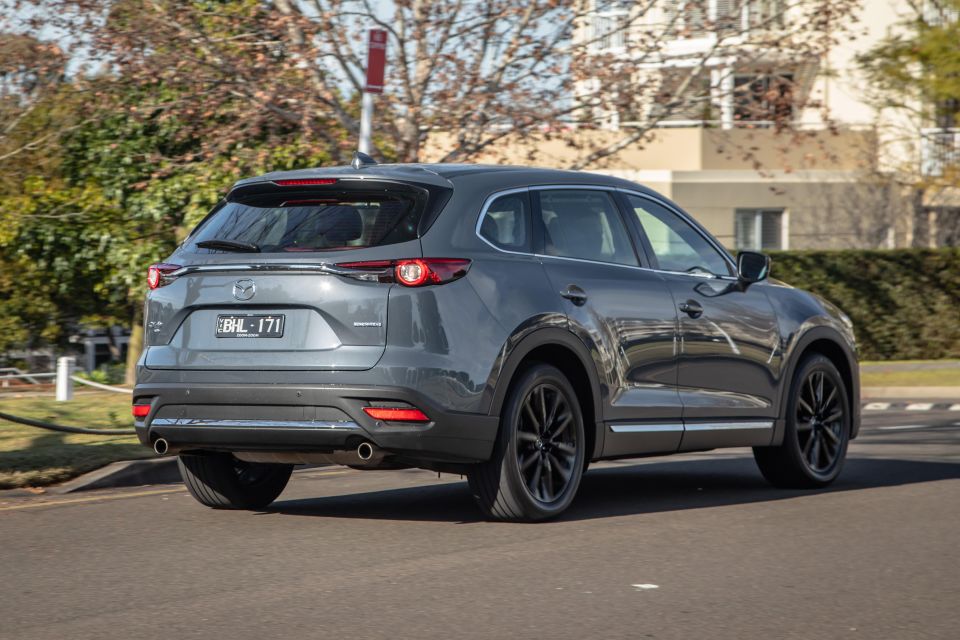
“We will continue to get CX-9 in 2023, it’s towards the end of the year depending on how successful our sales strategies are that we will have stock available, or limited stock available” said Mazda Australia managing director Vinesh Bhindi.
“Expect CX-9 to be in the showrooms in 2023.”
Given the CX-60 range opens at $59,800 before on-road costs, we can expect both the CX-80 and CX-90 to have a substantially higher base price than the CX-9, which starts at $47,600 before on-roads.
The CX-60, CX-70, CX-80 and CX-90 use Mazda’s new rear/all-wheel drive Large Architecture, with the company also developing new mild-hybrid inline six-cylinder petrol and diesel engines and a four-cylinder plug-in hybrid powertrain.
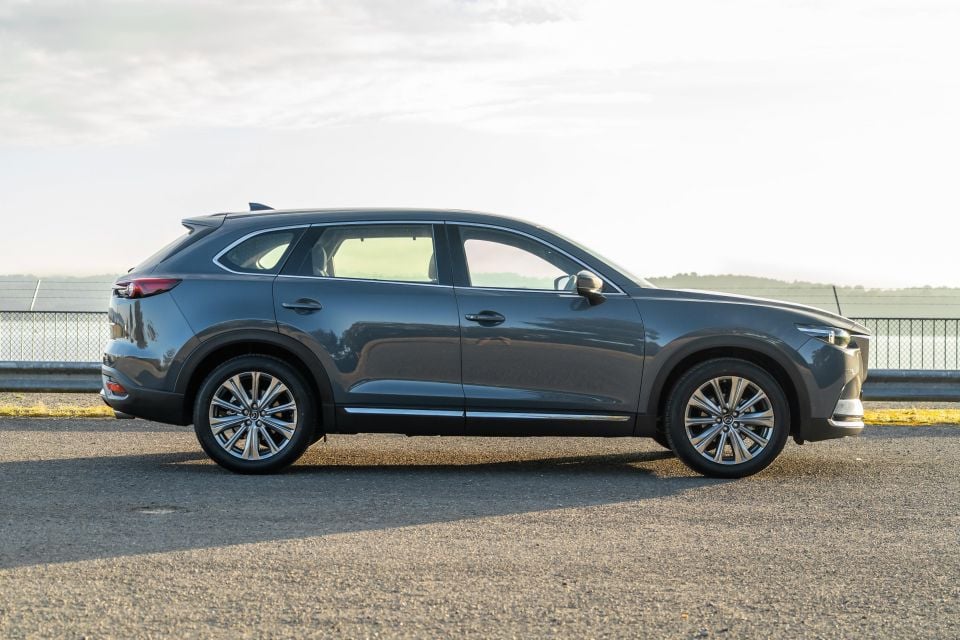
The narrower two-row CX-60 and three-row CX-80 have been developed with markets like Europe in mind, while the the wider two-row CX-70 and three-row CX-90 are intended for markets like the US.
Some familiar Mazda nameplates will be sticking around for the foreseeable future, however.
Though the CX-60 is a mid-sized SUV, the two-row CX-5 and its three-row CX-8 aren’t expected to be discontinued in the short term given they’ve both recently received mid-life updates.
Mazda Australia doesn’t think its crowded SUV line-up will be confusing, noting the CX-30 found a separate niche to the CX-3 and likewise the CX-8 with the CX-9.
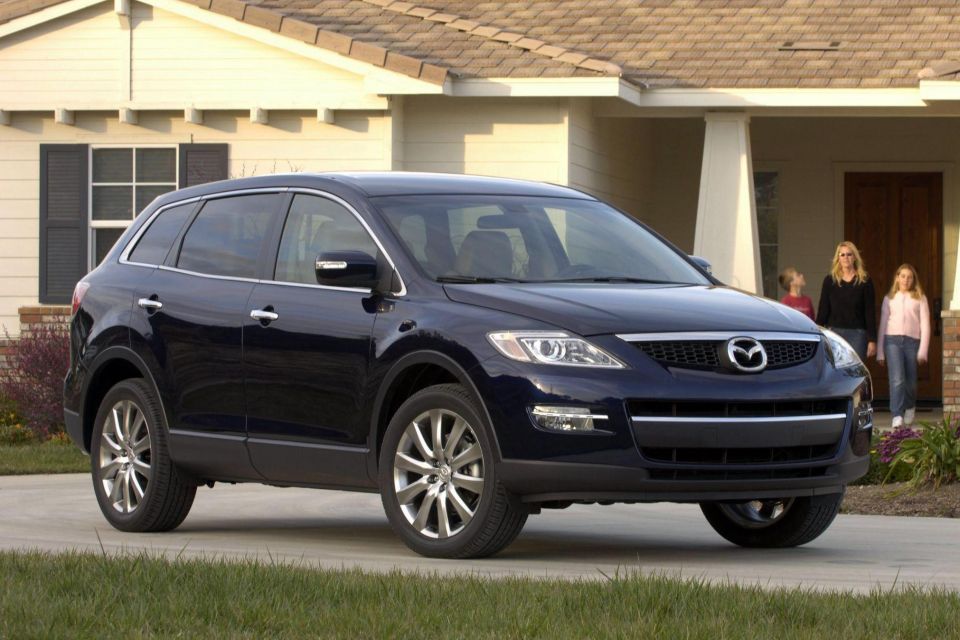
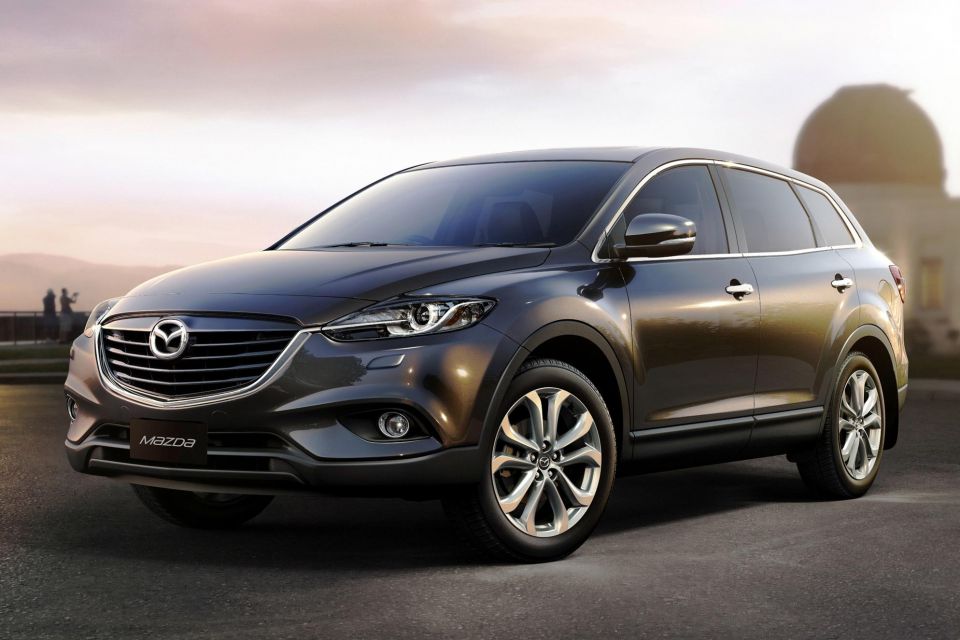
The CX-9 has been a fixture of Mazda’s local line-up since 2007. It was the brand’s first three-row crossover – the B-Series-based Proceed Marvie was its first three-row SUV – and helped fill a couple of gaps in the Mazda line-up.
It shared its CD3 platform with the contemporary Mazda 6, as well as a range of North American Ford, Lincoln and Mercury products.
The petrol V6-powered crossover was the most luxury-focused Mazda at the time, with the Millenia and 929 having left production by this point. It also served as an indirect replacement for the MPV, though that model lived on in markets like Japan.
A facelift and a larger V6 engine came in 2009, with a more substantial facelift arriving in 2012.
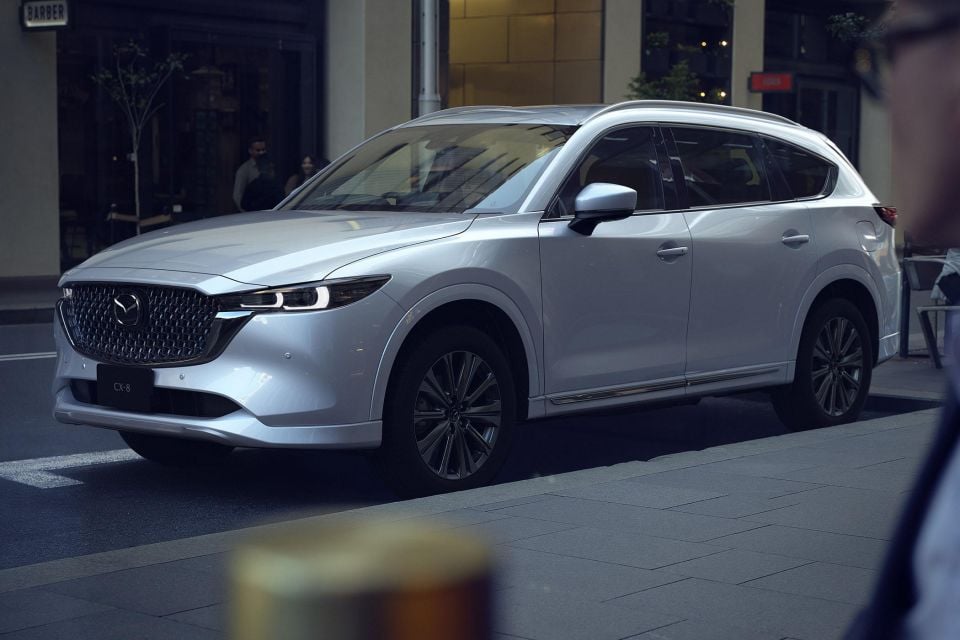
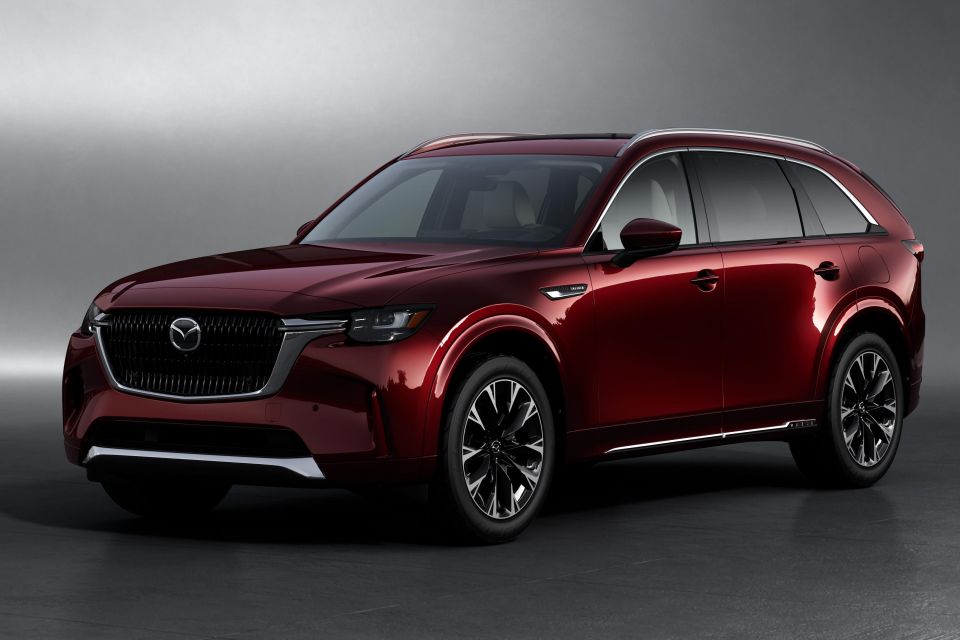
The current, second-generation model debuted in 2016, moving to a different platform and ditching the V6 for a turbocharged four-cylinder petrol engine.
It has remained one of Australia’s strongest-selling large crossovers.
Mazda sold 6460 examples of the CX-9 in Australia last year, ahead of the CX-8. The narrower SUV, which differs additionally in offering naturally aspirated petrol and turbo-diesel four-cylinder engines, accounted for 5932 sales.
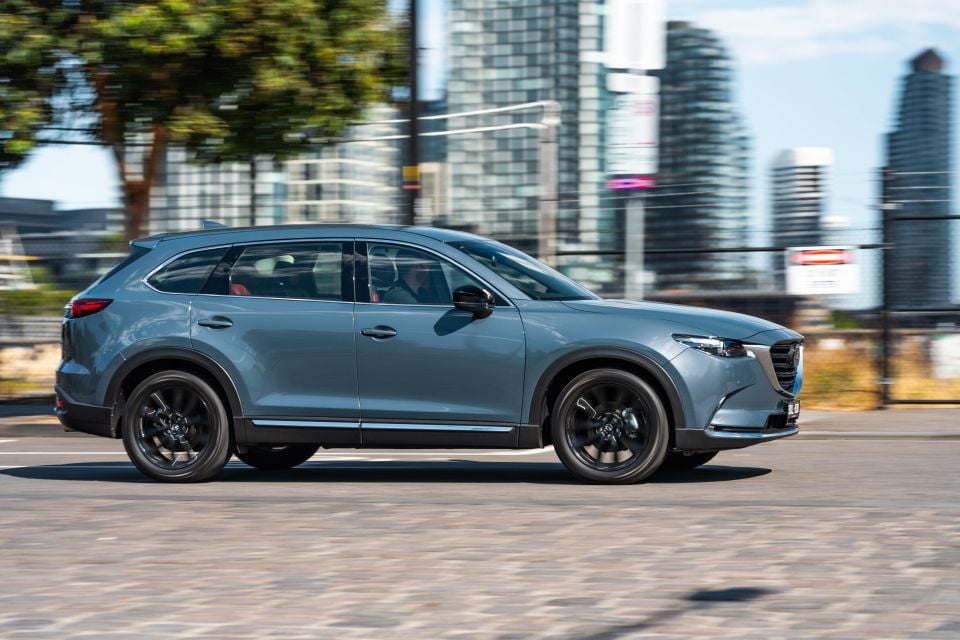
The CX-9 was outsold by the Toyota Kluger (12,562 sales) but outsold the similarly US-focused Hyundai Palisade (4000 sales).
While it is sold in other markets such as New Zealand and the Middle East, the CX-9’s largest market is the US with the smaller Australian market coming in a distant second.
Last year, Mazda sold 34,580 CX-9s in the US. The model isn’t offered in Europe, Japan or China.
MORE: Everything Mazda CX-9
Where expert car reviews meet expert car buying – CarExpert gives you trusted advice, personalised service and real savings on your next new car.
William Stopford is an automotive journalist with a passion for mainstream cars, automotive history and overseas auto markets.


Damion Smy
30 Minutes Ago


Damion Smy
2 Hours Ago


William Stopford
3 Hours Ago


Matt Campbell
11 Hours Ago


Max Davies
1 Day Ago


William Stopford
1 Day Ago